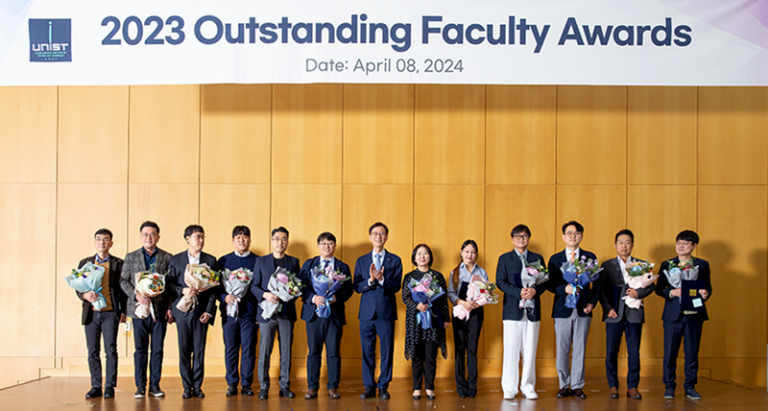A research team, led by Professor Bartosz A. Grzybowski (Department of Chemistry, UNIST) from the Center for Soft and Living Matter, within the Institute for Basic Science (IBS) at UNIST has reported a novel approach on how to repurpose waste compounds into useful products, using artificial intelligence (AI).
Published in the April 2022 issue of Nature, this breakthrough has been jointly participated by research team from the Institute of Organic Chemistry of the Polish Academy of Sciences (IOC PAS) in Poland and Allchemy in USA. Their findings have also been featured in the Nature Editorials on April 27, 2022.
In this study, Professor Grzybowski and his research team demonstrated how computers equipped with broad synthetic knowledge can help address this challenge. Using the forward-synthesis Allchemy platform, the research team constructed giant synthetic networks emanating from approximately 200 waste chemicals recycled on commercial scales. They, then, retrieved from these networks tens of thousands of routes leading to approximately 300 important drugs and agrochemicals, and algorithmically ranked these syntheses according to the accepted metrics of sustainable chemistry.
The Nature Editorial, which specifically introduced the study, explained, “The work is among the latest contributions to green chemistry, a movement that began in the 1990s with efforts to find environmentally friendly ways to carry out chemical reactions, by using greener solvents, say, or less energy-intensive reaction conditions.”
According to the research team, their algorithms within the abovementioned networks suggested tens of thousands of routes leading to approximately 300 known chemicals used in pharmaceuticals and agriculture. Among them were the antibiotic dapsone and a key intermediate for a muscle relaxant, called Cisatracurium, a drug that has also been used to treat COVID-19 patients.
Meanwhile, all their analyses are based on Allchemy’s collection of approximately 10,000 generalized reaction transforms expert-coded based on the underlying reaction mechanism and including—but not limited to—robust reaction types common in chemical industries, especially pharmaceuticals and agriculture.
Journal Reference
Agnieszka Wołos, Dominik Koszelewski, Rafał Roszak, et al., “Computer-designed Repurposing of Chemical Wastes into Drugs,” Nature, (2022).



